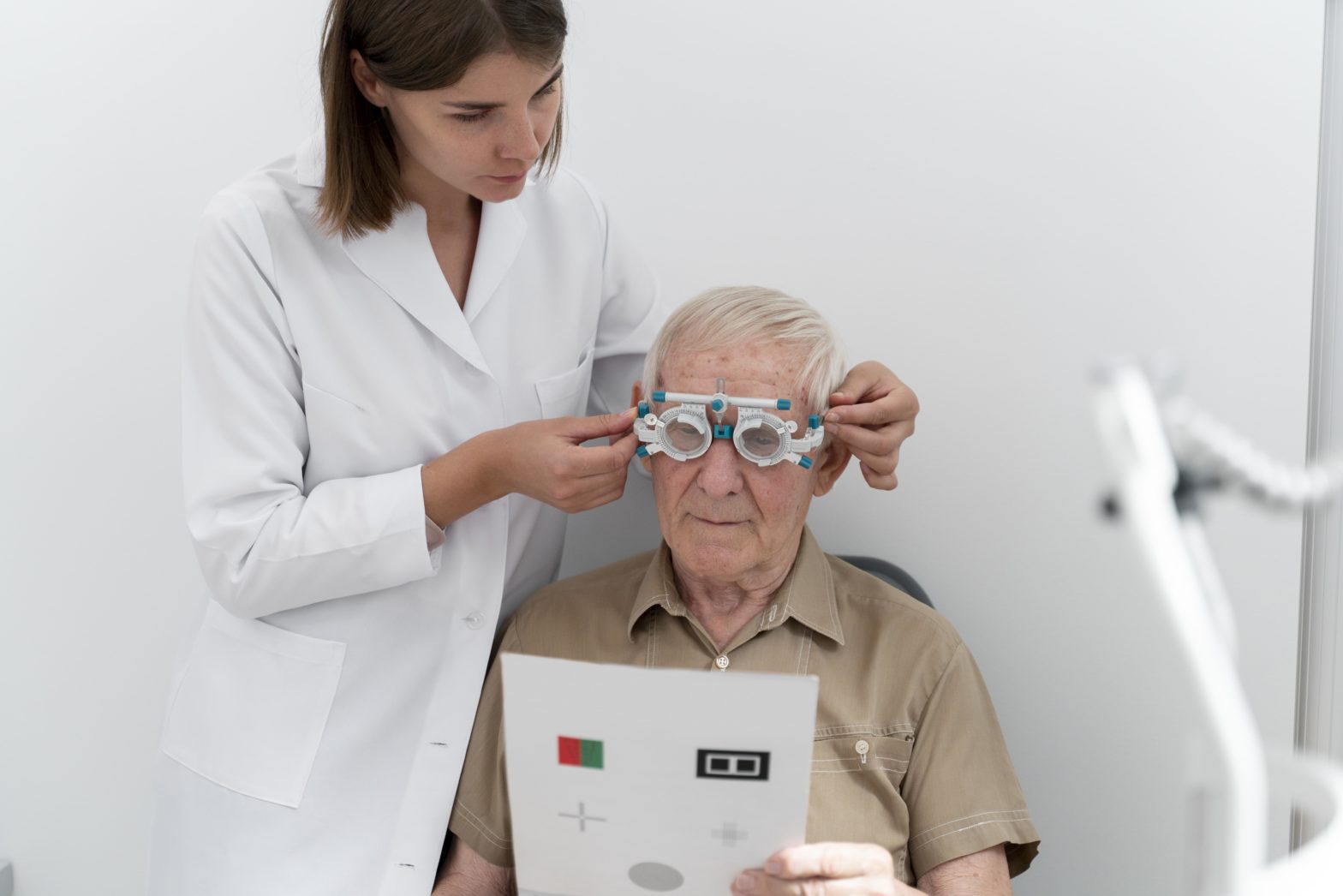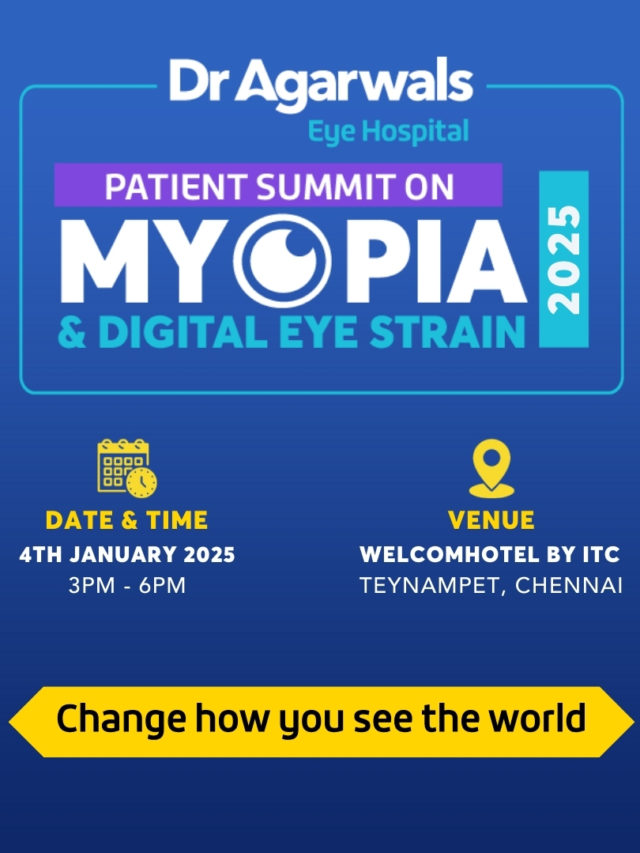Microphthalmia is a rare condition or congenital disorder where one or both eyes don’t develop properly and end up smaller than normal. This can happen because of genetic factors or environmental influences during pregnancy. The severity varies, and it may be associated with other eye or health problems. Diagnosis involves thorough examination and testing, and treatment may include glasses, surgery, or other supportive measures. Understanding these aspects is crucial for early detection and better management of individuals with microphthalmia.
Embryonic Eye Development
To comprehend microphthalmia, it’s essential to delve into the early stages of eye development during embryogenesis. The process begins around the fourth week of gestation, where the optic vesicle forms from the neural tube. This vesicle invaginates to form the optic cup, eventually giving rise to the various components of the eye, including the cornea, lens, retina, and sclera.
Genetic Factors
Microphthalmia often has a genetic basis, and numerous genes play critical roles in eye development. Mutations in these genes can disrupt the intricate molecular signalling pathways necessary for proper eye formation.
Some of the implicated genes include SOX2, OTX2, PAX6, and CHX10. Genetic testing is a crucial tool in diagnosing the underlying causes of microphthalmia, aiding in a more personalised approach to management.
Environmental Influences
While genetics play a significant role, environmental factors can also contribute to microphthalmia. Maternal infections, exposure to certain drugs, or exposure to toxins during pregnancy can interfere with normal eye development. Understanding these environmental influences is vital for preventive measures and counselling for pregnant individuals.
Classification of Microphthalmia
Microphthalmia can be classified based on severity, unilateral or bilateral involvement, and the presence of other ocular abnormalities. The condition may occur in isolation or as part of a syndrome, emphasising the importance of a comprehensive medical evaluation for affected individuals.
Clinical Manifestations
The clinical manifestations of microphthalmia are diverse, ranging from mild visual impairment to complete blindness. Individuals with microphthalmia may also experience other ocular abnormalities such as coloboma (a gap in the eye structures), cataracts, and retinal abnormalities. Additionally, microphthalmia may be associated with systemic anomalies, further highlighting the need for a multidisciplinary approach in managing affected individuals.
Diagnostic Approaches
Diagnosing microphthalmia involves a thorough clinical examination, imaging studies such as ultrasound or magnetic resonance imaging (MRI), and genetic testing. Early detection is crucial for implementing interventions to optimise visual outcomes and address associated health concerns.
Treatment and Management
The management of microphthalmia is often multidisciplinary, involving ophthalmologists, geneticists, and other specialists. Treatment may include corrective lenses, surgery to address structural abnormalities, and supportive therapies to enhance visual development. Prosthetic eyes may also be considered for cosmetic reasons, especially in cases where the affected eye has minimal or no functional vision.
Psychosocial Impact
Living with microphthalmia can present psychosocial challenges, including issues related to self-esteem and body image. Support from healthcare professionals, patient advocacy groups, and psychological counselling can be invaluable in addressing these aspects and improving the overall well-being of individuals with microphthalmia.
Hence, Microphthalmia is a complex and multifaceted condition that requires a comprehensive understanding of both genetic and environmental factors influencing eye development. Advances in genetic research, diagnostic techniques, and therapeutic interventions hold promise for improving the outcomes and quality of life for individuals affected by microphthalmia. Ongoing research and collaboration among medical professionals and researchers are crucial in unravelling the intricacies of small eye development and devising effective strategies for diagnosis, treatment, and support.
Discover exceptional eye care at Dr Agarwals Eye Hospital, where a team of experienced ophthalmologists is dedicated to providing exceptional services. With state-of-the-art facilities and cutting-edge technology, our hospital ensures accurate diagnostics and effective treatment for a wide range of eye conditions. Our patient-centric approach prioritises individual needs, offering personalised care plans and a commitment to excellence. আগরওয়ালস চক্ষু হাসপাতালের ডা has earned the trust of communities through ethical practices and a legacy of continuous improvement in eye care. Choose us for accessible and convenient services, and experience the difference in comprehensive eye health solutions. Take the first step towards clearer vision by scheduling your appointment today.








